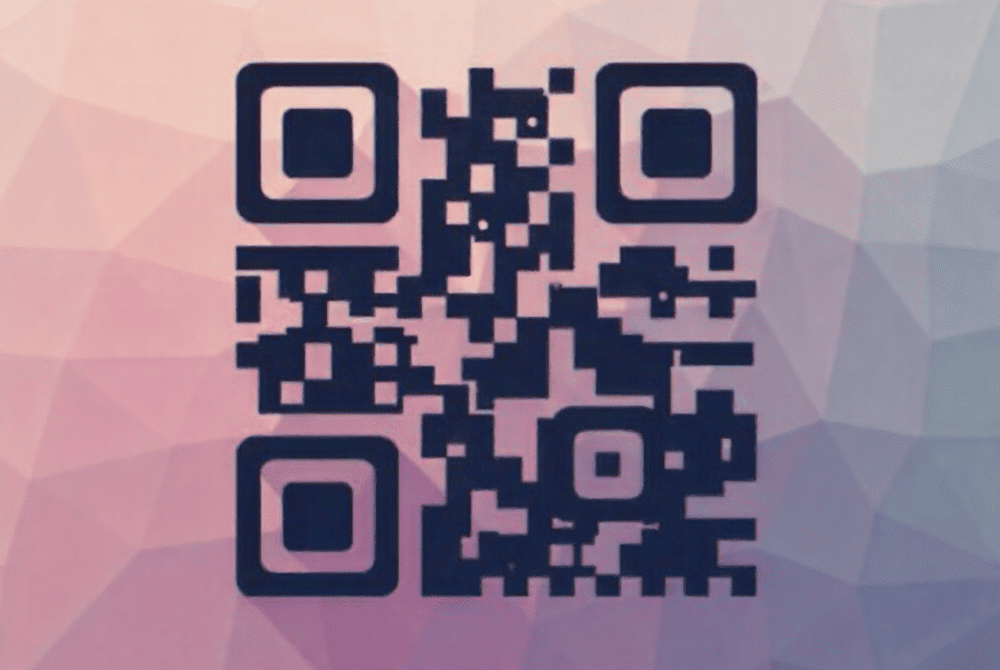In a modern payment soundbox ecosystem, the cloud backend functions as the central command hub managing millions of devices deployed across regions with real-time control, data storage, monitoring, diagnostics, and integration capabilities. A well-designed cloud infrastructure ensures that even as the network scales, the performance, security, and reliability remain uncompromised.
Whether managing 500 or 5 million soundboxes, the cloud architecture provides the flexibility and computing power to enable secure firmware updates, real-time telemetry analysis, device health checks, merchant onboarding, and payment ecosystem integrations.
Key Components of a Scalable Cloud Stack for Soundbox TMS
IoT Gateway / API Gateway
Acts as the entry point for all communication between soundboxes in the field and the cloud backend.
- Accepts incoming device messages including telemetry data, pings, logs, and status reports, ensuring proper routing to the appropriate services.
- Handles authentication, rate-limiting, throttling, and request validation, ensuring that only authorized devices and clients can interact with the TMS.
- Scalable and stateless, allowing horizontal expansion to support high volumes of concurrent device requests.
Message Broker (MQTT, AMQP)
- Facilitates bi-directional communication between cloud and UPI soundbox using lightweight, real-time messaging protocols ideal for low-power devices.
- MQTT (Message Queuing Telemetry Transport) and AMQP (Advanced Message Queuing Protocol) ensure efficient delivery of:
- Device telemetry (e.g., battery status, signal strength).
- Remote commands (e.g., reboot, push voice notification).
- Acknowledgements for OTA updates and alert playback.
- Built to handle millions of messages per second, ensuring instant data flow across global deployments.
Database Systems (SQL/NoSQL)
- Provides persistent storage for structured and unstructured data coming from each device and merchant.
- SQL databases (e.g., PostgreSQL, MySQL) manage structured data like:
- Merchant profiles.
- Transaction history.
- Admin user roles and permissions.
- NoSQL databases (e.g., MongoDB, Cassandra) store flexible datasets such as:
- Device telemetry logs.
- Firmware configuration blobs.
- Voice playback logs and error reports.
- Optimized for high-speed reads/writes, real-time indexing, and geo-distributed replication for global availability.
Firmware Distribution Server
- Hosts and delivers OTA (Over-The-Air) firmware and application update binaries to devices in the field.
- Ensures secure file delivery with capabilities such as:
- File chunking and resume logic for low-bandwidth environments.
- Digital signature validation before installation.
- Version control, rollback options, and delta updates for bandwidth optimization.
- Supports multicast and scheduled rollouts, enabling phased updates by region, partner, or device group.
Security Layer
Provides end-to-end encryption and device identity management across the TMS infrastructure.
- Implements TLS (Transport Layer Security) protocols to encrypt all communication between device and cloud.
- Enforces token-based and certificate-based authentication, ensuring that only verified devices and users can access resources.
- Monitors for threats such as spoofing, brute force attacks, unauthorized firmware tampering, or DDoS attacks through:
- Firewall rules.
- IP whitelisting.
- Role-Based Access Control (RBAC).
Admin Dashboard and Control Panel
A web-based interface used by operations, support, OEMs, or partner organizations to manage, monitor, and interact with the device fleet.
- Key functionalities include:
- Viewing real-time device status (online/offline, signal, battery).
- Triggering remote commands (reboot, volume control, QR rebind).
- Scheduling OTA firmware rollouts.
- Viewing or exporting transaction, error, and telemetry logs.
- Customizable with white-label branding, partner-level dashboards, and role-based views to match different business units (e.g., OEM, PSP, aggregator).
Analytics Engine
- Analyzes large volumes of logs and telemetry data to extract actionable insights that drive decision-making, maintenance, and optimization.
- Provides visual dashboards with KPIs such as:
- Top-performing merchants.
- Most common device issues.
- Firmware adoption rates.
- Failure heatmaps and network uptime metrics.
- Supports AI/ML integration for predictive diagnostics, anomaly detection, and usage trend analysis.
- Can push real-time alerts to support teams when specific thresholds or failure patterns are detected.
Scalability in Action: Why Cloud Architecture Matters
- Elastic Scaling: Infrastructure automatically scales up or down to handle changing loads—whether it’s 500 devices in a city or 5 million across continents.
- High Availability: Designed for 99.9%+ uptime, with redundancy and failover mechanisms across regions to ensure uninterrupted service.
- Global Performance Optimization: Supports edge locations, CDNs, and regional clusters to reduce latency and improve update delivery speeds worldwide.
- Seamless Multi-Tenant Support: The same platform can host multiple OEMs, banks, and fintech partners—each with secure data isolation and independent branding.
Benefits of Cloud-Native TMS Architecture for Soundboxes
- Remote, Real-Time Control: Instantly manage thousands of devices without any physical touchpoints.
- Simplified Integration: Cloud APIs make it easy to connect with payment gateways, onboarding systems, CRM platforms, or BI dashboards.
- Operational Efficiency: Automated monitoring, updates, and error resolution reduce manual effort and on-ground support cost.
- Future-Proof Scalability: Infrastructure ready for next-gen payment devices, IoT endpoints, and unified terminal platforms.









